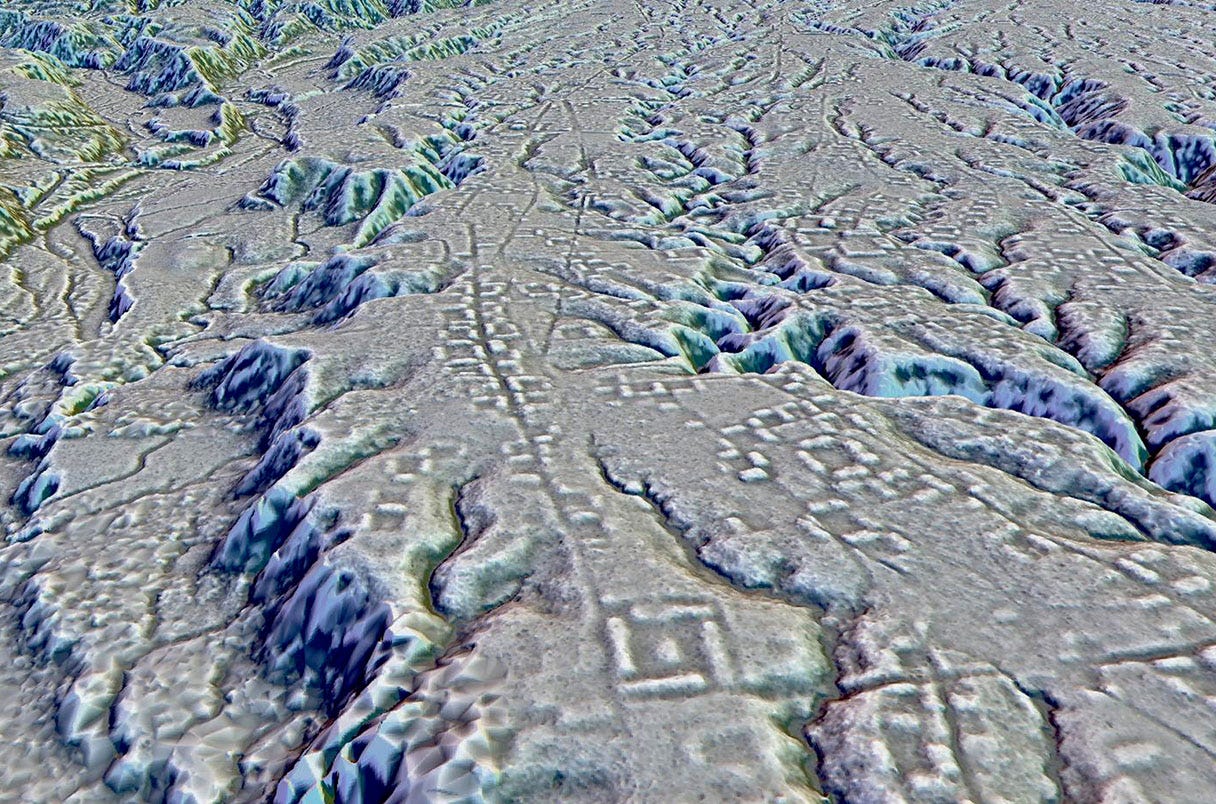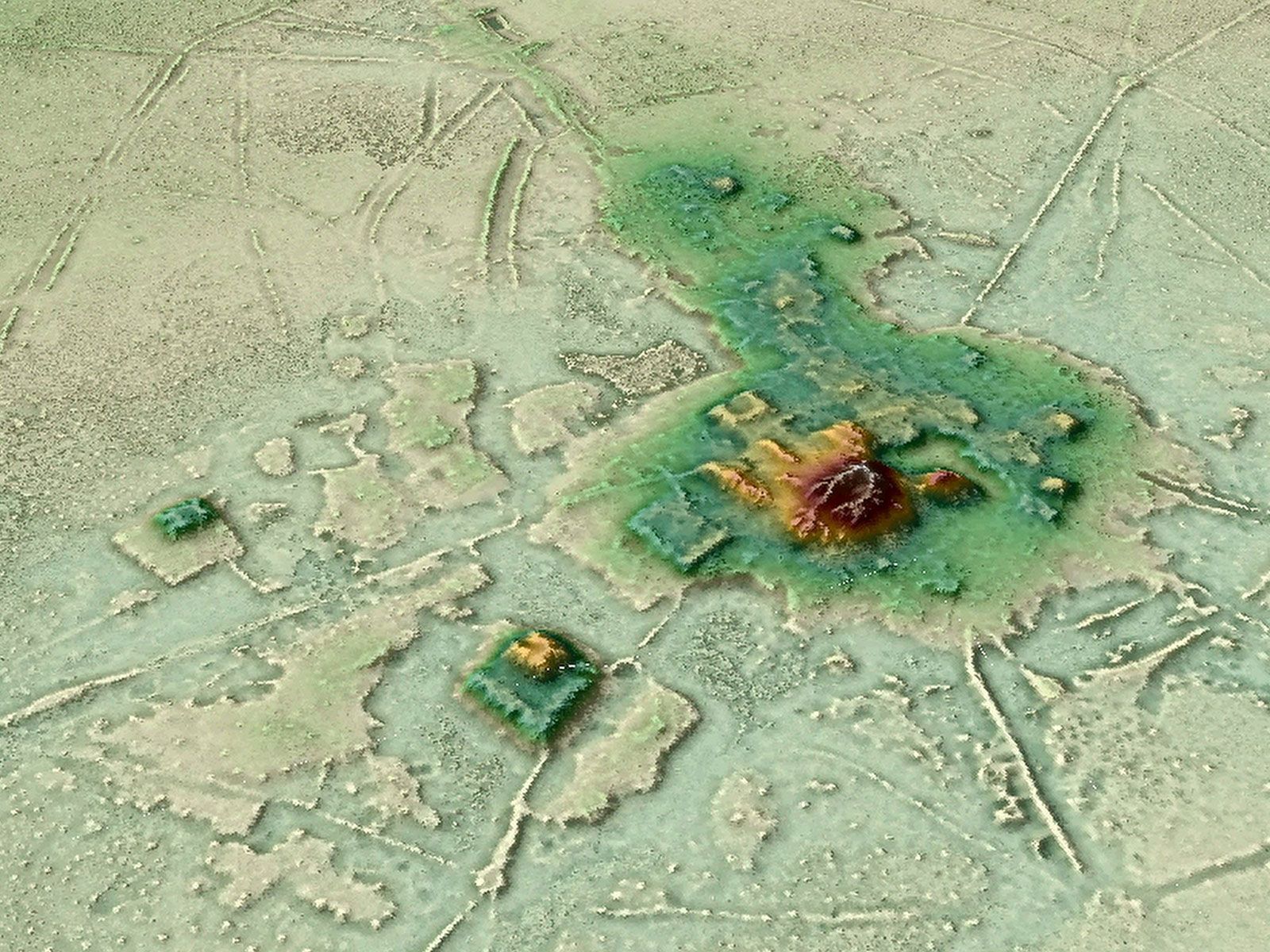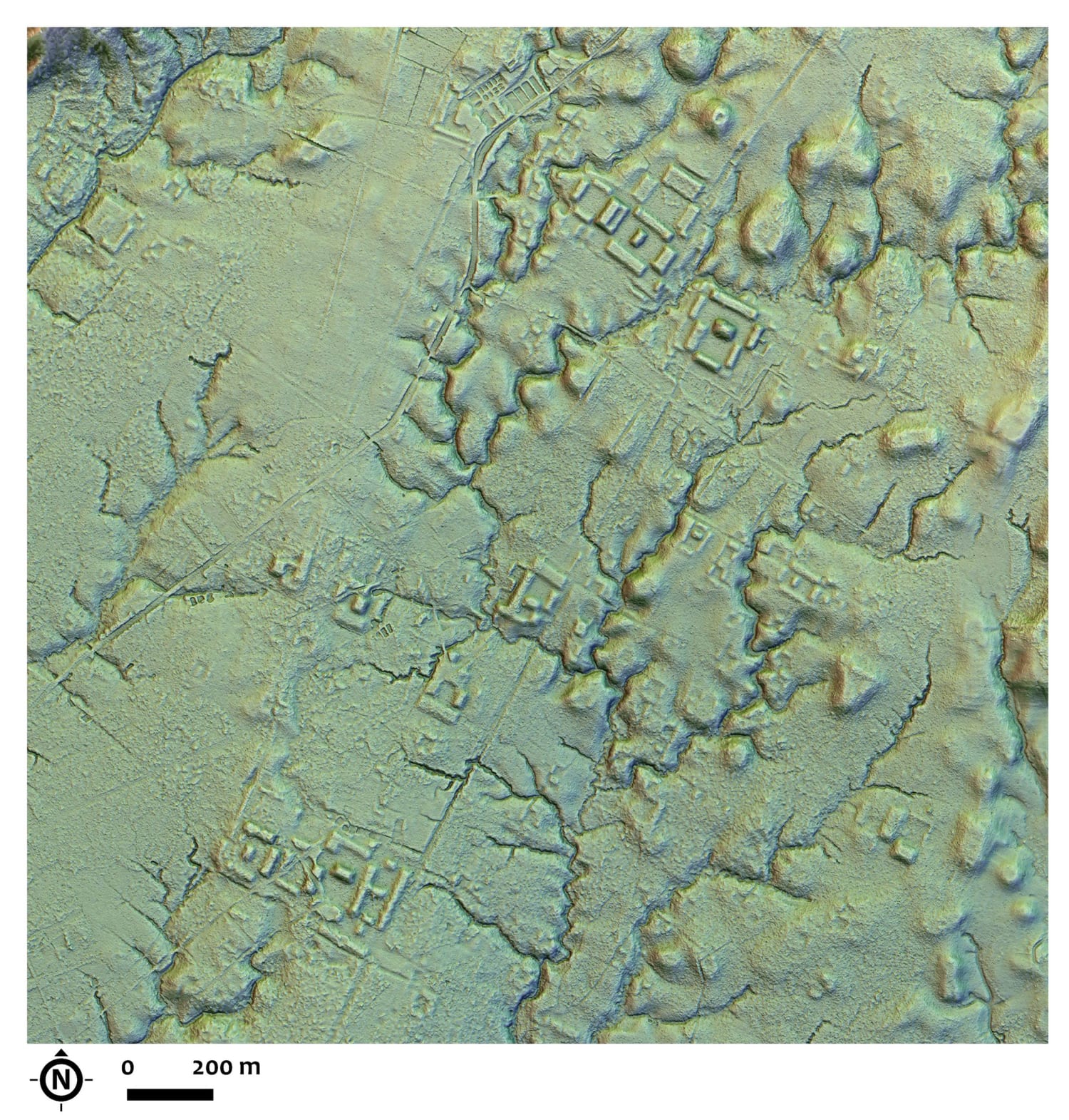Archaeologists have recently uncovered a hidden network of lost cities in the Amazon rainforest, rewriting our understanding of ancient civilizations in this ecologically diverse yet challenging region. Situated near the Andes in the Ecuadorian Amazon, these settlements, thriving around 2,000 years ago, showcase a highly developed society that rivals well-known pre-Columbian cultures.
The Discovery: Unveiling the Hidden Cities
Using advanced LIDAR (Light Detection and Ranging) technology, researchers have penetrated the dense jungle canopy, revealing previously unseen settlements spread across the region. This innovative method mapped a network of interconnected cities, comprising over 6,000 earthen mounds, extensive agricultural fields, reservoirs, and sophisticated drainage systems.

The largest settlements, inhabited by the Upano people between 500 B.C. and 600 A.D., housed at least 10,000 individuals. What stands out are the massive roadways, some as wide as 10 meters (33 feet) and stretching for 20 kilometers (12 miles), that interconnected various cities, forming what researchers call a “lost valley of cities.”
Advanced Engineering and Societal Organization
The scale and complexity of these cities challenge long-standing assumptions about ancient Amazonian societies. For years, historians believed that the Amazon was home only to small, scattered communities. However, these findings suggest that the region supported densely populated and technologically advanced cultures with:
- Sophisticated Infrastructure: The roadways and drainage systems required coordinated labor and advanced planning, indicative of strong governance.
- Sustainable Resource Management: The integration of agriculture with natural water systems demonstrates a deep understanding of environmental balance.
These attributes reveal a society capable of thriving in the Amazon’s challenging environment, contradicting previous narratives of its historical limitations.
Cultural and Ritual Significance
Beyond infrastructure, the earthen mounds hint at the cultural and spiritual practices of the Upano people. Researchers speculate that these mounds may have served ceremonial purposes, acted as elite residences, or marked religious landmarks, underscoring the societal stratification and cultural depth of these communities.

The strategic location of the cities near the Andes further suggests their importance in regional trade networks, likely facilitating the exchange of goods, ideas, and cultural practices across vast distances.
Revolutionizing Our Understanding of the Amazon
This discovery reshapes perceptions of pre-Columbian Amazonia, showing it as a cradle of innovation and resilience rather than a sparsely populated frontier. The “lost cities” exemplify a civilization that balanced ecological harmony with technological ingenuity.

Their legacy challenges modern researchers to reevaluate the role of the Amazon in human history. Long before European contact, it was not just a vast wilderness but a center of thriving, complex societies whose innovations left an indelible mark on the landscape.
Conclusion: A Testament to Human Ingenuity
The lost cities of the Amazon are more than an archaeological wonder; they are a powerful testament to the ingenuity and adaptability of ancient civilizations. As further research uncovers more details, these findings will continue to illuminate the remarkable achievements of the Upano people and their ability to flourish in one of the world’s most challenging environments.
The Amazon’s past, long buried beneath its dense canopy, is beginning to emerge, offering modern society valuable lessons about sustainability, community, and the enduring spirit of human innovation.

